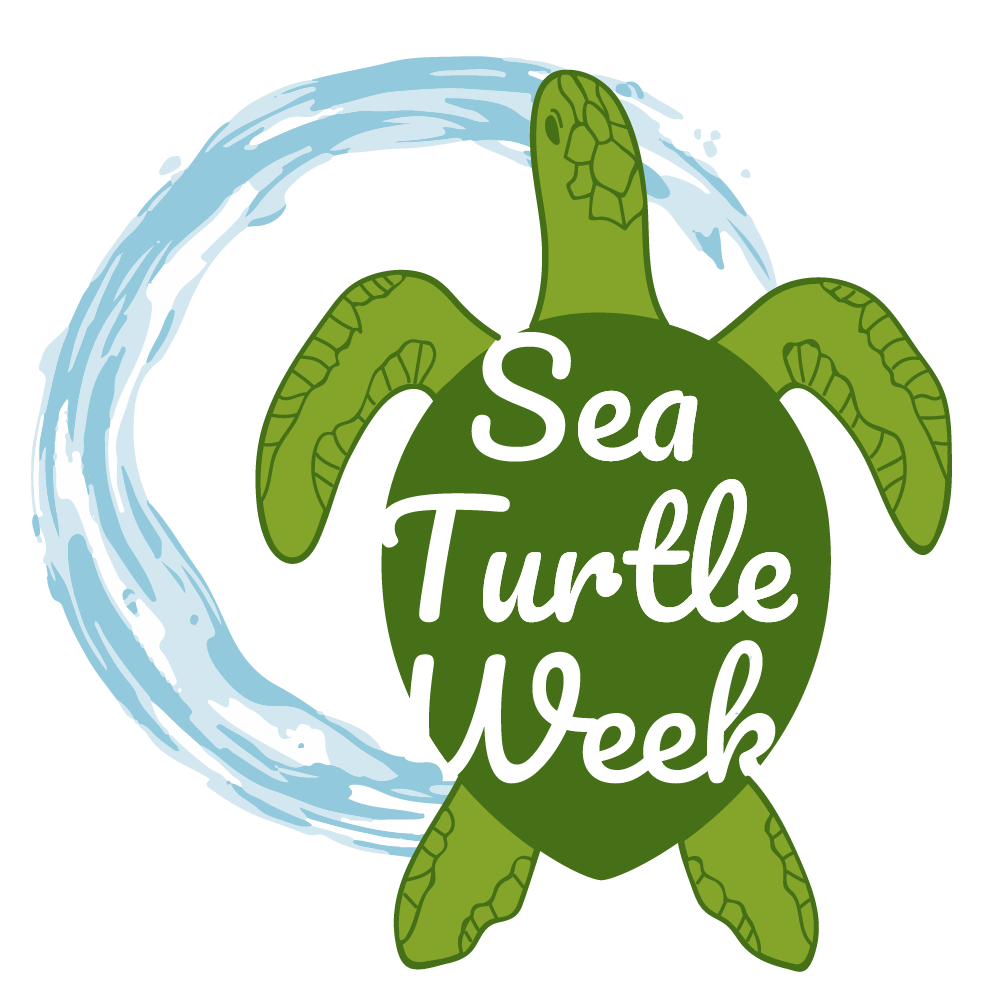Lesson Plans
9-12th Grade
Our “Sea Turtle Food Webs” lesson will introduce students to the basics of food webs. Students will utilize research skills to develop a food web for one of 7 sea turtle species and will analyze the interconnectedness of various species.
National Education Standards Fulfilled:
HS-LS2-6: Evaluate the claims, evidence, and reasoning that the complex interactions in ecosystems maintain relatively consistent numbers and types of organisms in stable conditions, but changing conditions may result in a new ecosystem.
Our “Sea Turtle and Plastics” lesson explores the global issue of plastic in our oceans which poses a serious threat to sea turtles.
National Education Standards Fulfilled:
HS-ETS1-1: Analyze a major global challenge to specify qualitative and quantitative criteria and constraints for solutions that account for societal needs and wants.
HS-ETS1-2: Design a solution to a complex real-world problem by breaking it down into smaller, more manageable problems that can be solved through engineering.
HS-ETS1-3: Evaluate a solution to a complex real-world problem based on prioritized criteria and trade-offs that account for a range of constraints, including cost, safety, reliability, and aesthetics, as well as possible social, cultural,and environmental impacts.
Our “Get to Know Sea Turtles” lesson will introduce students to the basic information about the 7 species of sea turtles. The main goal of this lesson is for students to learn about sea turtles in enough detail to differentiate between the species. Students will research the general characteristics, size, habitat, nesting habitats, IUCN status, migration information, population trends, and interesting facts of their assigned sea turtle species. They will then have the opportunity to practice their public speaking skills as they present their research projects to their classmates.
Lesson Objectives:
Students will utilize research skills for the purpose of gathering data on a sea turtle species.
Students will introduce an assigned species of sea turtle to other class members.
Our “Sea Turtle Adaptations” lesson will introduce students to adaptations using sea turtles as a model species. The main goal of this lesson is for students to understand that adaptions are inherited traits that increase the chance for reproduction and survival in a particular environment.
National Education Standards Fulfilled:
HS-LS4-4: Construct an explanation based on evidence for how natural selection leads to adaptation of populations.
Our “Sea Turtle Threats” lesson will introduce students to the threats that sea turtle species face including poaching, fishing practices, development, pollution, and global warming. Students will work through realistic scenarios to determine a threat facing a hypothetical sea turtle and then develop an advocacy project around this threat.
National Education Standards Fulfilled:
HS-LS2-7: Design, evaluate, and refine a solution for reducing the impacts of human activities on the environment and biodiversity.










